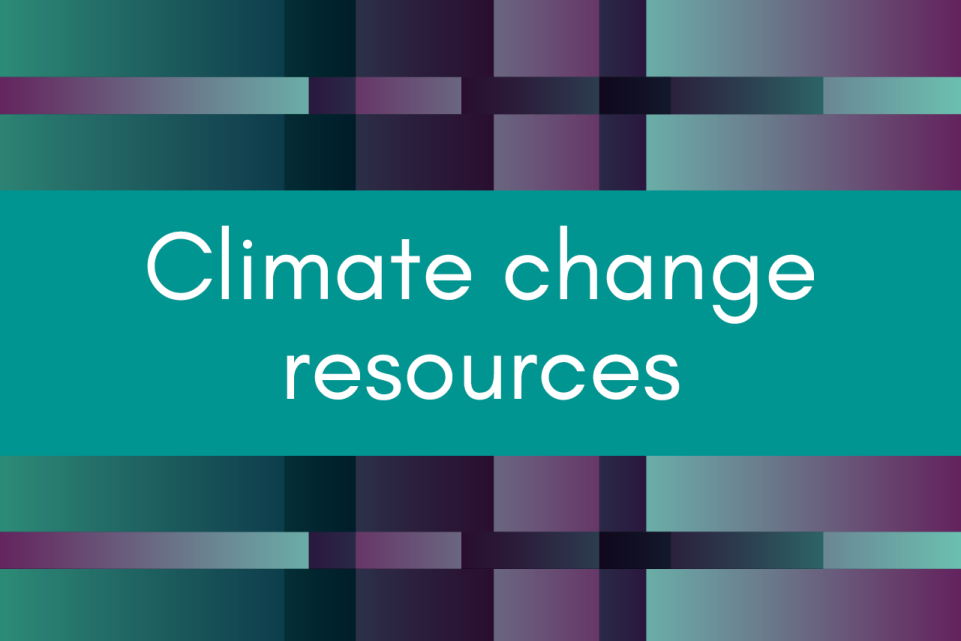A tool is to aid councils in their understanding of retrofitting fuel poor households to energy efficiency rate EPC C standard.
The purpose of this spreadsheet tool is to aid councils in their understanding of retrofitting fuel poor households in their area to energy efficiency rate EPC C standard.
The tool was originally based upon the modelling contained in the LGA report, Delivering local net zero, but has subsequently been updated. The report makes the case that councils are best placed to channel investment into the retrofit of fuel poor households, bringing them up to energy efficiency rating EPC C.
Retrofitting fuel poor households - cost/benefit modelling
What the tool does
The tool allows users to input assumptions about the cost of retrofitting fuel poor households, how much carbon savings can be generated from retrofit and the savings to the NHS from retrofit.
The tool provides illustrative indications of how many fuel poor households there are in a council area, how much investment would be required to energy efficiency retrofit all of them, and how much carbon savings and savings to the NHS would be generated.
The purpose of the tool is to inform councils about the costs and benefits of funding the energy efficiency retrofit of fuel poor households in their area, as well as to support arguments for greater investment and funding.
The tool is not intended to provide the definitive final figures on fuel poor households, but to give a sense of the magnitude of costs of benefits of addressing fuel poverty.
Note that fuel poverty statistics will change on an annual basis.
Specifics of the tool
The tool has six parts in the 'inputs and results' sheet:
- it allows the user to look at a specific council area
- it allows the user to pick assumptions about the average cost of energy efficient retrofitting a fuel poor home, the carbon savings that can be generated from retrofit and the cost saving to the NHS
- the user can pick either central assumptions that have been identified from credible sources, or input their own assumptions
- the user can make assumptions about the annual reduction in fuel poor households by region
- the user can input an annual amount of funding available to councils for the retrofit of fuel poor homes to identify the impact on fuel poor households to 2030
- the results show outcomes in terms of reduced fuel poor households, annual carbon savings and annual savings to the NHS.
Sources used in the tool
- Government fuel poverty statistics
- Climate Change Committee, sixth carbon budget Buildings (for assumption on carbon reductions)
- BRE, the cost of poor housing to the NHS (for assumptions on NHS costs)
- MHCLG, Dwelling Stock
- National Housing Federation on retrofit costs (for assumption on retrofit costs)
Contact
Steve Hughes: [email protected]


